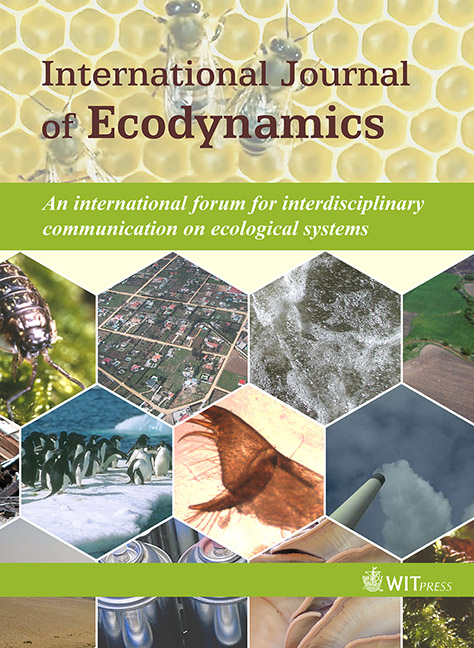A landform classification method with GIS for predicting perspective observation conditions and for landscape visual analysis needs
Price
Free (open access)
Volume
Volume 1 (2006), Issue 3
Pages
14
Page Range
298 - 312
Paper DOI
10.2495/ECO-V1-N3-298-312
Copyright
WIT Press
Author(s)
A. Tsouchlaraki
Abstract
Perspective observation conditions play a decisive role in landscape analysis and evaluation and are usually investigated either by calculating the viewshed of an observation post or through 3D visualisation techniques; however both methods are usually time consuming when used for the landform classification of a wide region. This paper develops a landform classification method to meet the visual analysis needs. The main feature of this classification is that it tries to predict perspective observation conditions and constitutes an expansion of Hammond's method. Considering that we have a digital terrain model in the method proposed, the three parameters of Hammond's method are adopted (flat slope percentage, hypsometric difference and flat slope percentage in the upper or lower half of the hypsometric difference range), while one more parameter is added regarding the observation post. The four parameters are applied to moving windows of specific dimensions and of specific movement increment on the digital terrain model. A template is created from the movement increment and the observation direction towards its centre is examined from the middle of each side of the elements of the template. At the end, all the four main orientations from north, south, east and west to the centre of all the elements of the template are examined. The study area of this paper is the Lefka Ori mountain range of the island of Crete. GIS tools are used for this work. In order to examine the degree to which these classification results meet landscape visual analysis purposes, certain positions were sampled, from which perspective digital imaging representations of the relief were created with the use of a special algorithm. The results show that the proposed classification is considered successful, since it fulfils to a great extent the description of the visual impression of an observer for a specified relief form.
Keywords
classification, elements, Hammond's method, Island of Crete, landscape visual analysis, observation, parameters, perspective, physical relief, visibility




